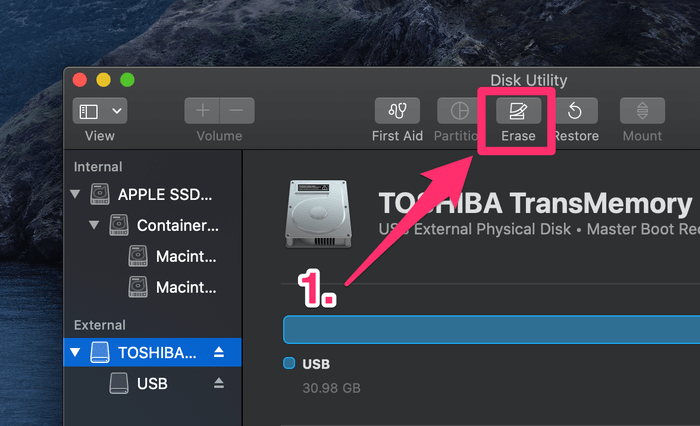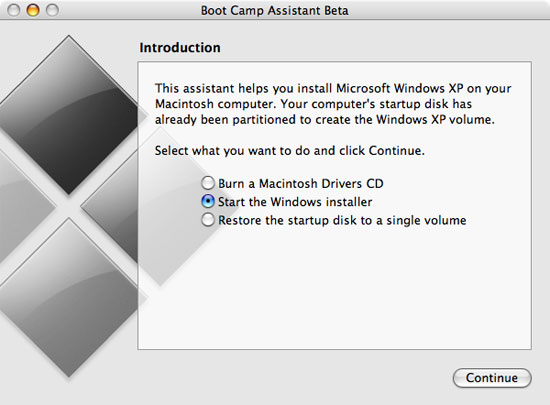

On all modern MacBooks, Apple includes a solid state drive (SSD) rather than a mechanical hard disk drive (HDD). Thunderbolt RAID systems also have to live on your desk, since they’re much larger than portable external drives. Unfortunately, it’s likely the most expensive option on this list, depending on what system you go for. Most of them are plug-and-play, while providing a huge amount of storage to choose from.īottom line: If you’re looking for a reliable backup solution, or you want superfast storage, RAID is the way to go.

If you have money to burn, you can throw a few solid state drives in there instead. These include multiple bays for several full-sized hard drives. The combination of Thunderbolt and RAID has given birth to a new breed of external drive. Related: Thunderbolt RAID Systems to Serve Your External Data Storage Needs Others systems ship with just the arrays and allow you to source the drives yourself. Some systems-like the LaCie 2big-come with drives. You can use RAID to create a failsafe mirror of all your files, combine several drives into a single volume, and increase read/write times by storing parts of files on different drives. RAIDs use two or more drives for a flexible storage solution. That means it can carry a lot more bandwidth, which makes it perfect for transferring or accessing files on an external storage medium. It’s an active cable, rather than the passive USB standard. Thunderbolt is an ultra-fast interface developed by Apple and Intel. You might want to keep your external drive only for backups, archives, and home use. But you have to carry it with you, and it’s fragile. Whatever you buy, make sure it supports at least USB 3.0.īottom line: An external hard drive is a slow but cost-effective way of adding a large amount of storage to your MacBook. Something basic like Western Digital’s Elements USB 3.0 drive will do the trick for most external storage needs. You might use them to hold large media files that aren’t part of your libraries, archived documents and project files, RAW photos, backups, and disk images. Storing data on external drives works well in certain situations. On a newer MacBook, you’ll probably need a USB-C adapter, too, if you don’t have a USB-C drive. You also have to carry them with you, and they occupy one of the few USB ports your Mac has. External hard drives don’t stand up well to drops. Hard disk drives still use an arm-and-platter arrangement, which means they need time to "spin up" and are prone to mechanical failure. While the physical size and price of external storage has shrunk over the years, these drives are still fragile and slow.


 0 kommentar(er)
0 kommentar(er)
